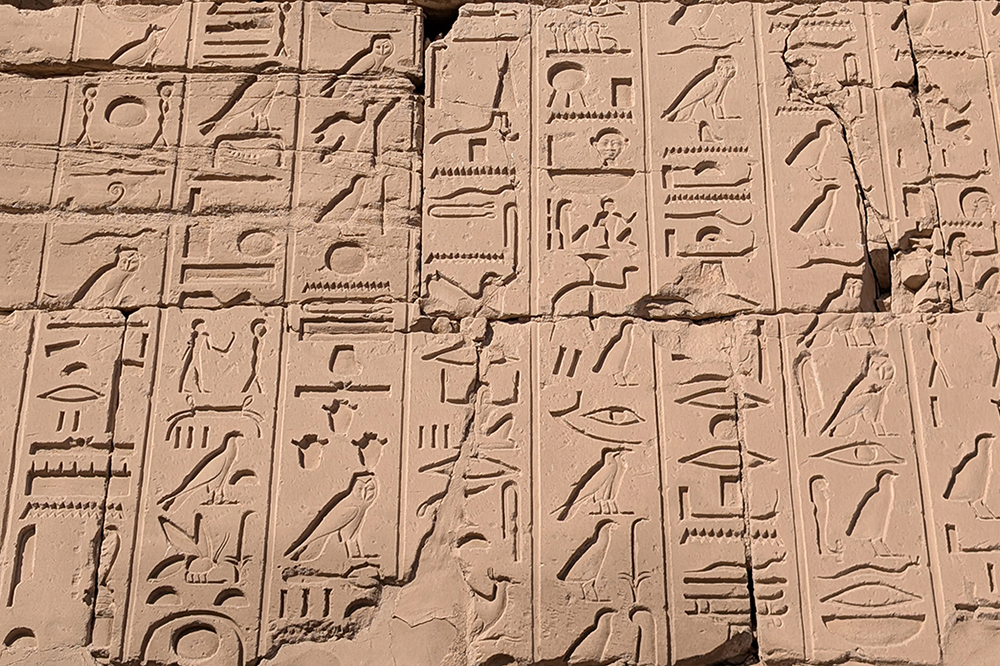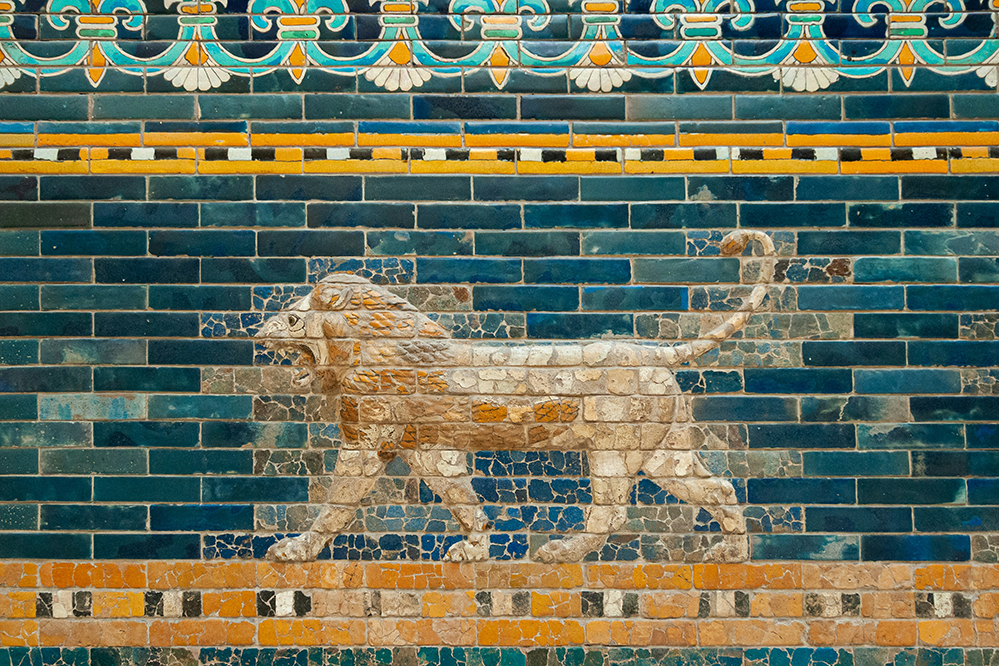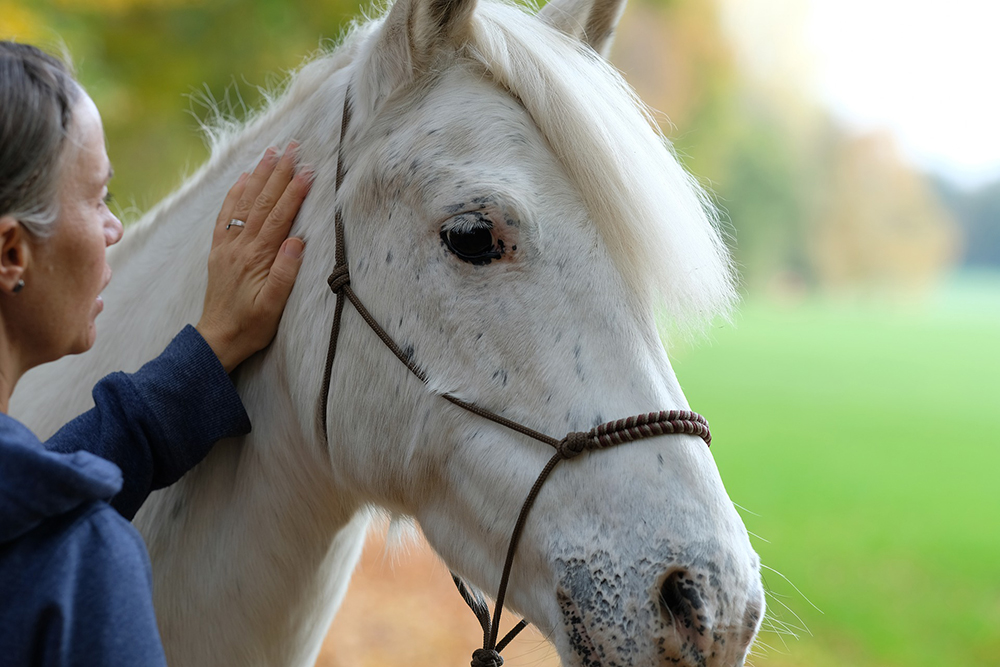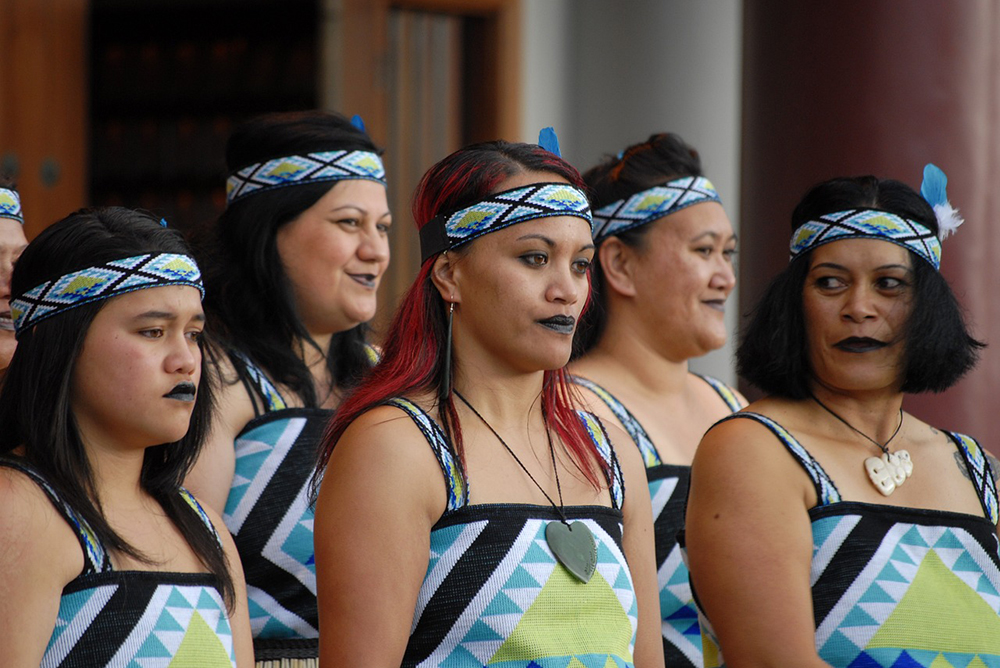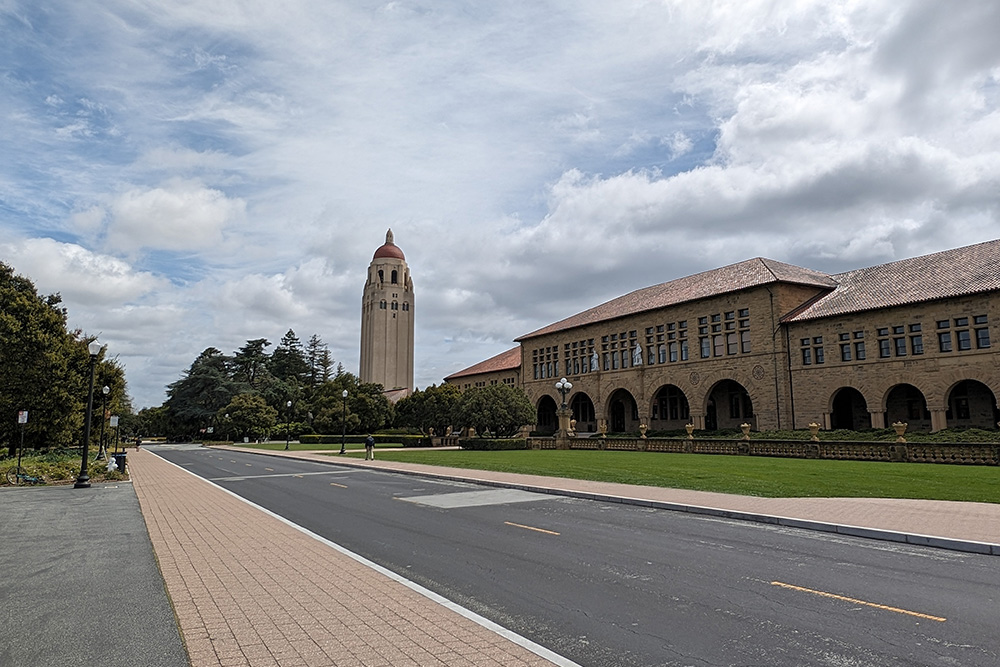Cleop@tr@ was invented by Prof. Dr. Oliver Bendel in May 2024. It is a GPT that specializes in Egyptian. It is also familiar with the culture and history of ancient Egypt. Since 2012, the technology philosopher and information systems specialist has been building chatbots and voice assistants – partly with his students and partly on his own. These have been discussed by the media and found interesting by NASA. Under his supervision, Karim N’diaye developed the chatbot @ve for Latin, Dalil Jabou the voice-enhanced chatbot @llegra for Vallader, and Nicolas Lluis Araya the voice-enhanced chatbot kAIxo for Basque. For some time now, he has been testing the reach of GPTs for endangered languages such as Irish, Maori, and Basque. He is also investigating the potential for extinct languages such as Egyptian (Cleop@tr@) and Akkadian (H@mmur@pi). The GPTs do not readily communicate in hieroglyphics and cuneiform, but they can certainly represent and explain signs of visual languages. It is even possible to enter entire sentences and then ask how they can be improved or what they mean. In December 2024, Oliver Bendel tested his Cleop@tr@ in the Karnak Temple in Luxor. She was able to provide coherent explanations and translations for several inscriptions on columns and walls. However, further tests also revealed clear errors. Ultimately, Egyptologists will have to assess how reliable it is.
Cow Whisperer, Horse Whisperer, and Dog Whisperer
On August 5, 2024, the final presentation for the project “The Animal Whisperer” took place at the FHNW School of Business. It was initiated by Prof. Dr. Oliver Bendel, who has been working on animal-computer interaction and animal-machine interaction for many years. Nick Zbinden, a budding business informatics specialist, was recruited as a project collaborator. From March 2024, he developed three applications based on GPT-4o, the Cow Whisperer, the Horse Whisperer and the Dog Whisperer. They can be used to analyze the body language, behaviour, and environment of cows, horses and dogs. The aim is to avert danger to humans and animals. For example, a hiker can receive a recommendation on their smartphone not to cross a pasture if a mother cow and her calves are present. All they have to do is call up the application and take photos of the surroundings. The three apps are now available as prototypes. With the help of prompt engineering, they have been given extensive knowledge and skills. Above all, self-created and labeled photos were used. In the majority of cases, the apps correctly describe the animals’ body language and behavior. Their recommendations for human behavior are also adequate. The project team summarized the results in a paper and submitted it to an international conference (Image: Ideogram).
H@mmur@pi was Born
Since 2012, Prof. Dr. Oliver Bendel has been building chatbots and voice assistants – partly with his students and partly on his own. These have been discussed by the media and found interesting by NASA. He gained his theoretical knowledge and practical illustrative material from his doctorate on this topic a quarter of a century ago. Since 2022, the focus has been on dialog systems for dead and endangered languages. Under his supervision, Karim N’diaye developed the chatbot @ve for Latin and Dalil Jabou the chatbot @llegra for Vallader, an idiom of Rhaeto-Romanic, enhanced with voice output. Since May 2024, he has been testing the scope of GPTs – “custom versions of ChatGPT”, as OpenAI calls them – for endangered languages such as Irish (Irish Gaelic), Maori, and Basque. Prototypes have already been created for all three, namely Irish Girl, Maori Girl, and Adelina (for Basque). He is also investigating the potential for extinct languages such as Egyptian and Akkadian. The GPTs do not readily communicate in hieroglyphics or cuneiform, but they can certainly represent and explain signs of visual languages. It is even possible to enter entire sentences and ask how they can be improved. The result is then – to stay with Akkadian – complex structures made up of cuneiform characters. H@mmur@pi specializes in this language. He is also familiar with the culture and history of the region.
Cleop@tr@ was Born
Since 2012, Prof. Dr. Oliver Bendel has been building chatbots and voice assistants – partly with his students and partly on his own. These have been discussed by the media and found interesting by NASA. He gained his theoretical knowledge and practical illustrative material from his doctorate on this topic a quarter of a century ago. Since 2022, the focus has been on dialog systems for dead and endangered languages. Under his supervision, Karim N’diaye developed the chatbot @ve for Latin and Dalil Jabou the chatbot @llegra for Vallader, an idiom of Rhaeto-Romanic, enhanced with voice output. Since May 2024, he has been testing the scope of GPTs – “custom versions of ChatGPT”, as OpenAI calls them – for endangered languages such as Irish (Irish Gaelic), Maori, and Basque. Prototypes have already been created for all three, namely Irish Girl, Maori Girl, and Adelina (for Basque). He is also investigating the potential for extinct languages such as Egyptian and Akkadian. The GPTs do not readily communicate in hieroglyphics or cuneiform, but they can certainly represent and explain signs of visual languages. It is even possible to enter entire sentences and ask how they can be improved. The result is then – to stay with Egyptian – complex structures of hieroglyphs. Cleop@tr@, which was created on 12 May 2024, specializes in this language. She is also familiar with the culture and history of ancient Egypt.
Teaching and Learning with GPTs
In the spring semester of 2024, Prof Dr Oliver Bendel integrated virtual tutors into his teaching. These were ‘custom versions of ChatGPT’, so-called GPTs. Social Robotics Girl was available for the elective modules on social robotics, created in November 2023, and Digital Ethics Girl from February 2024 for the compulsory modules “Ethik und Recht” and ‘Ethics and Law’ within the Wirtschaftsinformatik and Business Information Technology degree programmes (FHNW School of Business) and “Recht und Ethik” within Geomatics (FHNW School of Architecture, Construction and Geomatics). The virtual tutors have the “world knowledge” of GPT-4, but also the specific expertise of the technology philosopher and business information scientist from Zurich. It has been shown that the GPTs can provide certain impulses and loosen up the lessons. They show their particular strength in group work, where students no longer have to consult their lecturer’s books – which is hardly useful when there is a lot of time pressure – but can ask them specific questions. Last but not least, there are opportunities for self-regulated learning. The paper “How Can GenAI Foster Well-being in Self-regulated Learning?” by Stefanie Hauske and Oliver Bendel was published in May 2024 – it was submitted to the AAAI Spring Symposia in December 2023 and presented at Stanford University at the end of March 2024.
The Horse Whisperer and Other Apps
On May 28, 2024, the interim presentation for the project “The Animal Whisperer” took place at the FHNW School of Business. It was initiated by Prof. Dr. Oliver Bendel, who has been working on animal-computer interaction and animal-machine interaction for many years. Nick Zbinden, a future business information systems specialist, was recruited to work on the project. He developed three applications based on GPT-4o, the Cow Whisperer, the Horse Whisperer, and the Dog Whisperer. They can be used to analyze the body language and environment of cows, horses, and dogs. The aim is to avert danger to humans and animals. For example, a hiker can receive a recommendation on their smartphone not to cross a pasture if a mother cow and her calves are present. All they have to do is open the application and take photos of the area. The tests are already very promising. Nick Zbinden is currently talking to three human whisperers, i.e. experts in this field who are particularly good at assessing the body language and behavior of animals and are particularly good at dealing with them. Photos – showing different positions of the ears or heads, for example – are also being described by them and then fed by him into the applications. The final results will be available in August 2024.
Adelina Can Write and Speak Basque
Conversational agents have been the subject of Prof. Dr. Oliver Bendel’s research for a quarter of a century. He dedicated his doctoral thesis at the University of St. Gallen from the end of 1999 to the end of 2022 to them – or more precisely to pedagogical agents, which would probably be called virtual learning companions today. He has been a professor at the FHNW School of Business since 2009. From 2012, he mainly developed chatbots and voice assistants in the context of machine ethics, including GOODBOT, LIEBOT, BESTBOT, and SPACE THEA. In 2022, the information systems specialist and philosopher of technology then turned his attention to dead and endangered languages. Under his supervision, Karim N’diaye developed the chatbot @ve for Latin and Dalil Jabou the chatbot @llegra for Vallader, an idiom of Rhaeto-Romanic, enhanced with voice output. He is currently testing the range of GPTs – “customized versions of ChatGPT”, as OpenAI calls them – for endangered languages such as Irish (Irish Gaelic), Maori, and Basque. According to ChatGPT, there is a relatively large amount of training material for them. On May 12, 2024 – after Irish Girl and Maori Girl – a first version of Adelina was created. The name is intended to commemorate the teacher Adelina Méndez de la Torre, who campaigned for bilingual teaching and the preservation of the Basque language. At first glance, the chatbot seems to have this under control. You can have the answers translated into English or German. Adelina is available in the GPT Store and will be further improved in the coming weeks.
Maori Girl Can Speak and Write Maori
Conversational agents have been the subject of Prof. Dr. Oliver Bendel’s research for a quarter of a century. He dedicated his doctoral thesis at the University of St. Gallen from the end of 1999 to the end of 2022 to them – or more precisely to pedagogical agents, which would probably be called virtual learning companions today. He has been a professor at the FHNW School of Business since 2009. From 2012, he mainly developed chatbots and voice assistants in the context of machine ethics, including GOODBOT, LIEBOT, BESTBOT, and SPACE THEA. In 2022, the information systems specialist and philosopher of technology then turned his attention to dead and endangered languages. Under his supervision, Karim N’diaye developed the chatbot @ve for Latin and Dalil Jabou the chatbot @llegra for Vallader, an idiom of Rhaeto-Romanic, enhanced with voice output. He is currently testing the range of GPTs – “customized versions of ChatGPT”, as OpenAI calls them – for endangered languages such as Irish (Irish Gaelic), Maori, and Basque. According to ChatGPT, there is a relatively large amount of training material for them. On May 9, 2024 – one week after Irish Girl – a first version of Maori Girl was created. At first glance, it seems to have a good grasp of the Polynesian language of the indigenous people of New Zealand. You can have the answers translated into English or German. Maori Girl is available in the GPT Store and will be further improved over the next few weeks
Irish Girl Can Speak and Write Irish
Conversational agents have been the subject of Prof. Dr. Oliver Bendel’s research for a quarter of a century. He dedicated his doctoral thesis at the University of St. Gallen from the end of 1999 to the end of 2022 to them – or more precisely to pedagogical agents, which would probably be called virtual learning companions today. He has been a professor at the FHNW School of Business since 2009. From 2012, he mainly developed chatbots and voice assistants in the context of machine ethics, including GOODBOT, LIEBOT, BESTBOT, and SPACE THEA. In 2022, the information systems specialist and philosopher of technology then turned his attention to dead and endangered languages. Under his supervision, Karim N’diaye developed the chatbot @ve for Latin and Dalil Jabou the chatbot @llegra for Vallader, an idiom of Rhaeto-Romanic, enhanced with voice output. He is currently testing the range of GPTs – “customized versions of ChatGPT”, as OpenAI calls them – for endangered languages such as Irish (Irish Gaelic), Maori, and Basque. According to ChatGPT, there is a relatively large amount of training material for them. A first version of Irish Girl was created on May 3, 2024. At first glance, she seems to have a good grasp of the Goidelic language from the Celtic family. You can have the answers translated into English or German. Afterwards, you may have to ask her to switch back to Irish. Irish Girl is available in the GPT Store and will be further improved in the coming weeks.
Generative AI at Stanford University
On March 26, 2024, Oliver Bendel (School of Business FHNW) gave two talks on generative AI at Stanford University. The setting was the AAAI Spring Symposia, more precisely the symposium “Impact of GenAI on Social and Individual Well-being (AAAI2024-GenAI)”. One presentation was based on the paper “How Can Generative AI Enhance the Well-being of the Blind?” by Oliver Bendel himself. It was about the GPT-4-based feature Be My AI in the Be My Eyes app. The other presentation was based on the paper “How Can GenAI Foster Well-being in Self-regulated Learning?” by Stefanie Hauske (ZHAW) and Oliver Bendel. The topic was GPTs used for self-regulated learning. Both talks were received with great interest by the audience. All papers of the AAAI Spring Symposia will be published in spring. The proceedings are edited by the Association for the Advancement of Artificial Intelligence itself.
